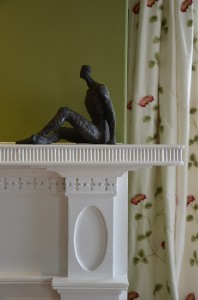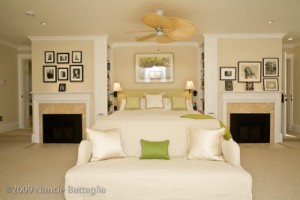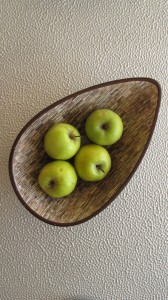 A sustainable building or “green building” is an outcome of a design which focuses on increasing the efficiency of resource use – energy, water, and materials – while reducing the building’s impacts on human health and the environment during the building’s lifecycle, through better design, construction, operation, and maintenance.
A sustainable building or “green building” is an outcome of a design which focuses on increasing the efficiency of resource use – energy, water, and materials – while reducing the building’s impacts on human health and the environment during the building’s lifecycle, through better design, construction, operation, and maintenance.
Green buildings are designed to reduce the overall impact of the built environment on human health and the natural environment by:
- Efficiently using energy, water, sun wind, and other resources
- Protecting occupant health and improving productivity
- Reducing waste, pollution and environmental degradation
How did Emmet Carter become green?
 It began as a quest to be healthy (Susan, our designer, has an extreme sensitivity to a wide range of synthetic chemicals) and later merged with our belief that saving the planet requires many individual day-to-day lifestyle changes that propel, support and encourage environmental responsibility and sustainability. And then we became intrigued with the challenge of “greenovating” elegant, historic properties, often overlooked by green designers more attracted to funky, modern properties (though we now create and also enjoy the challenge of designing funky modern properties as well).
It began as a quest to be healthy (Susan, our designer, has an extreme sensitivity to a wide range of synthetic chemicals) and later merged with our belief that saving the planet requires many individual day-to-day lifestyle changes that propel, support and encourage environmental responsibility and sustainability. And then we became intrigued with the challenge of “greenovating” elegant, historic properties, often overlooked by green designers more attracted to funky, modern properties (though we now create and also enjoy the challenge of designing funky modern properties as well).
Our passion has evolved with each new project as we strive to make every one as green as possible and to share the knowledge and experience with others we meet along the way. We hope that the portfolio images will serve as a positive example of what an environmentally friendly, non-toxic renovation looks like, smells like, feels like and lives like. Call it the ripple effect or just old fashioned word-of-mouth. We aspire to inspire people about the benefits and beauties of earth friendly living.
How do you undertake a green renovation?
Carefully. Intentionally. Thoughtfully. We attempt to renovate interiors in a manner that honors the building’s history and/or the community’s history and culture, while honoring the needs and wishes of our clients and the health of our planet, the contractors, and the future occupants.
 While developing healthy renovation solutions that are environmentally low impact, we have simultaneously balanced a variety of historical goals including rehabilitation for residential use; preservation of interior and exterior features, finishes and construction techniques that characterize the building and its environment (indoors and out); and differentiating new alterations and additions from original construction while, when relevant, maintaining compatible scale, materials, finishes and techniques to maintain any historic integrity of the house.
While developing healthy renovation solutions that are environmentally low impact, we have simultaneously balanced a variety of historical goals including rehabilitation for residential use; preservation of interior and exterior features, finishes and construction techniques that characterize the building and its environment (indoors and out); and differentiating new alterations and additions from original construction while, when relevant, maintaining compatible scale, materials, finishes and techniques to maintain any historic integrity of the house.
 We believe that revitalizing beautiful old homes is the ultimate recycling initiative where the community, the environment, and the home’s occupants win. Designing new spaces without the limitations of historic constraints creates an exciting opportunity to produce a timeless space that spans the test of time and endures the years with efficient and practical beauty and grace.
We believe that revitalizing beautiful old homes is the ultimate recycling initiative where the community, the environment, and the home’s occupants win. Designing new spaces without the limitations of historic constraints creates an exciting opportunity to produce a timeless space that spans the test of time and endures the years with efficient and practical beauty and grace.
We spend a great deal of time researching green products and green building techniques, and every day we learn more about this rapidly developing field. Fortunately, information on earth and human-friendly renovations has been steadily increasing with growing public interest. Additionally, each green renovation we undertake yields more knowledge that we in turn try to pass along to others.
Whenever possible, we encourage clients to become familiar with the riches of their own communities by endorsing the collection and use of local renovation products, furniture, art and artifacts, especially if they are handmade and affordable.